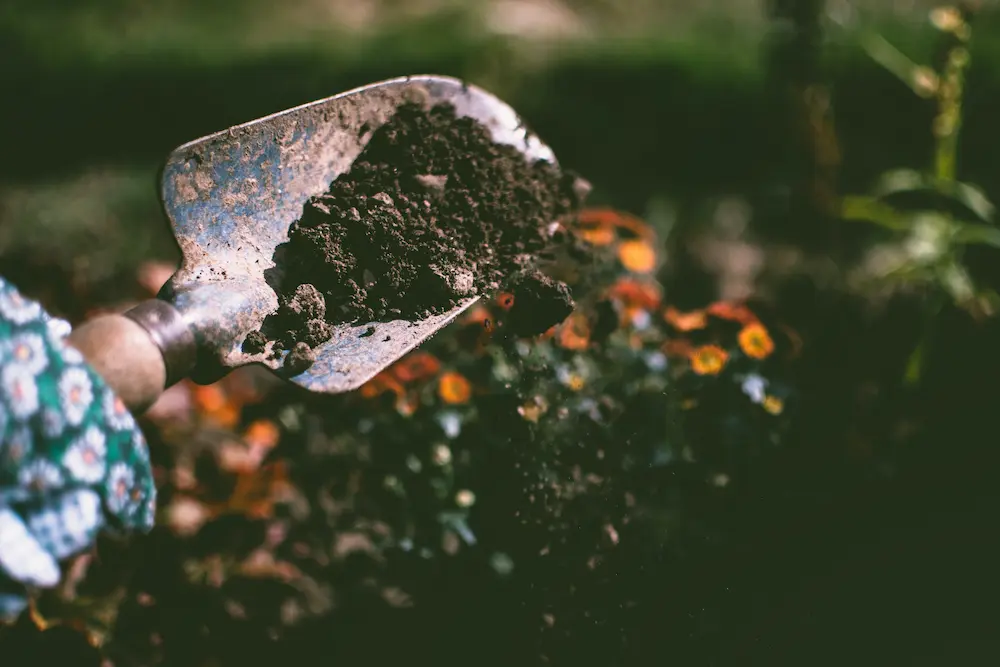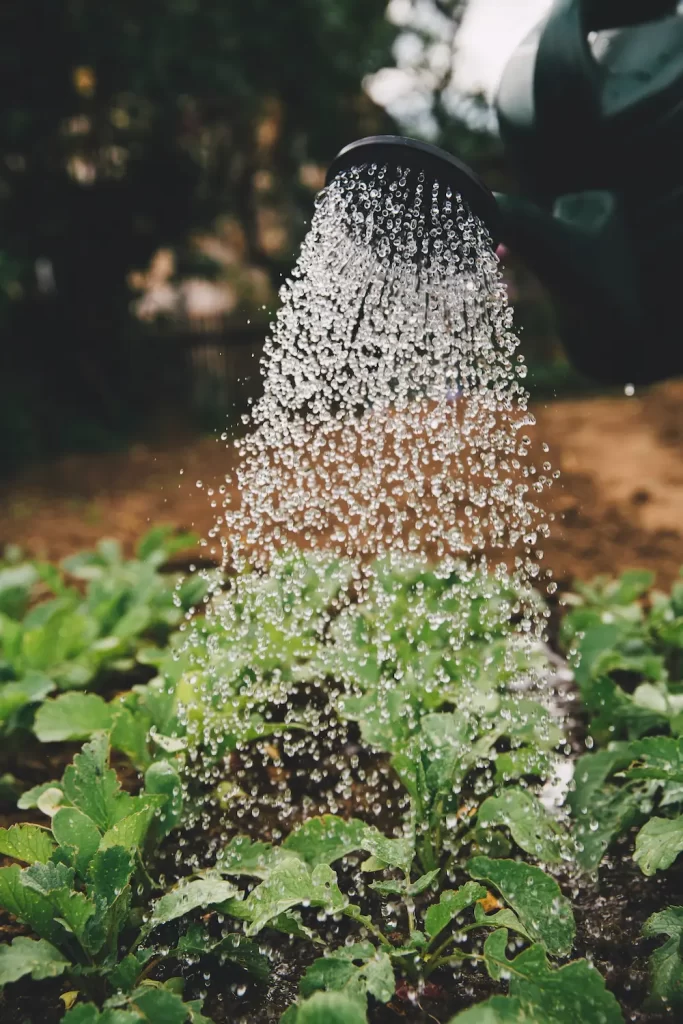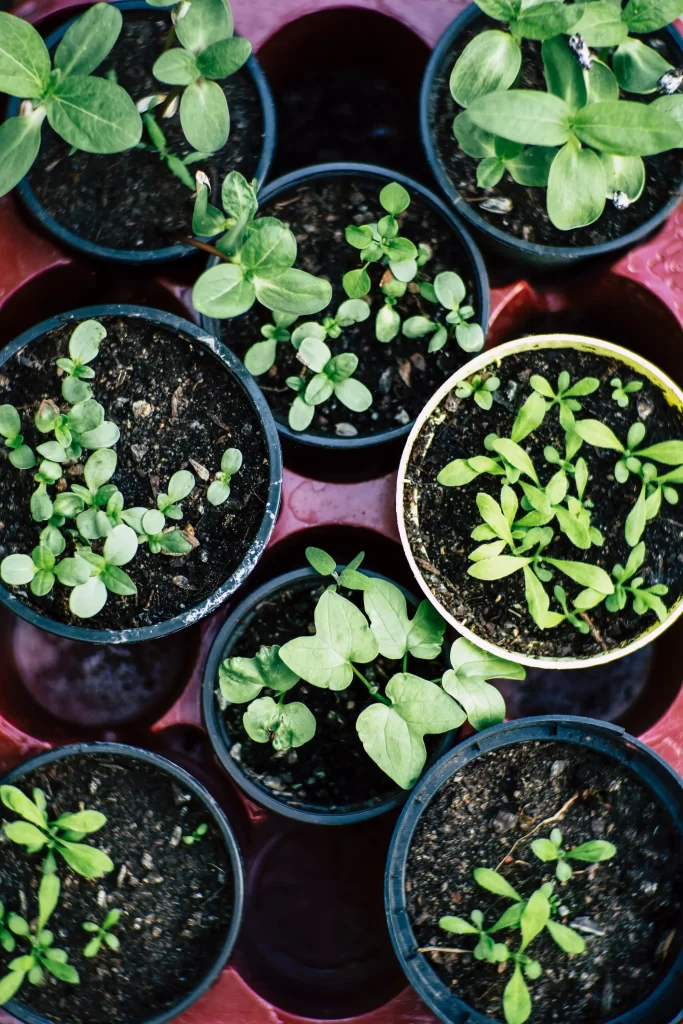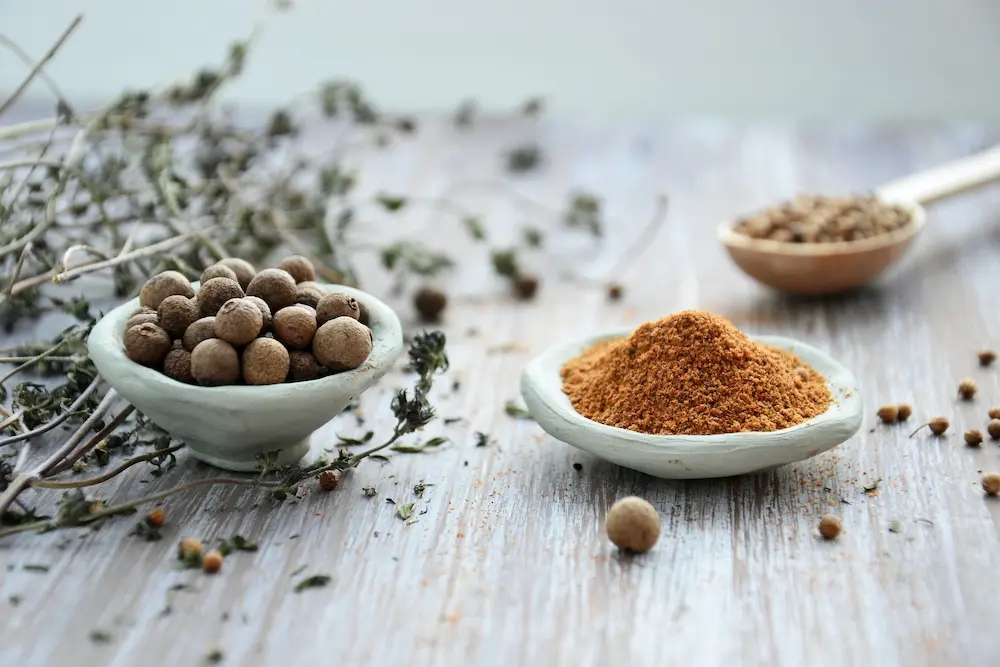Home gardening has experienced a resurgence in recent years as more people embrace the joys and benefits of growing their own vegetables. Whether you have a spacious backyard or a small balcony, cultivating a home garden is a rewarding and sustainable endeavor. In this blog, we will explore a variety of home garden vegetable ideas to help you create a thriving garden right at home.
Benefits of home gardening
Before we delve into the specific vegetable ideas, let’s take a moment to appreciate the numerous benefits of home gardening. Not only does it provide a source of fresh and nutritious produce, but it also promotes a sense of well-being, reduces stress, and fosters a deeper connection with nature. Additionally, home gardening allows you to control what goes into your food, reducing reliance on store-bought produce and potentially harmful chemicals.
Essential factors for a successful vegetable garden
To set your garden up for success, certain factors should be considered. Location is key, as most vegetables require ample sunlight to thrive. Choose a spot in your yard or balcony that receives at least 6-8 hours of sunlight per day. Additionally, soil preparation is essential. Invest in a quality soil mix or amend your existing soil with compost to ensure adequate nutrients for your plants. Proper watering, pest control, and regular maintenance are also crucial aspects of a successful vegetable garden.
Beginner-friendly vegetables
If you’re new to gardening, it’s best to start with vegetables that are relatively easy to grow. Some great choices for beginners include tomatoes, lettuce, cucumbers, zucchini, and radishes. These vegetables are forgiving, adaptable, and offer a relatively quick harvest, allowing you to enjoy the fruits of your labor sooner rather than later. Start with a small plot or container garden to gain confidence and experience before expanding your garden.
Space-saving vegetable ideas for small gardens
Limited space doesn’t have to be a barrier to growing your own vegetables. With some creativity, even the tiniest of spaces can be transformed into a flourishing garden. Consider vertical gardening using trellises or hanging baskets to grow vining vegetables such as beans and peas. Compact varieties of vegetables like cherry tomatoes, dwarf carrots, and bush beans are also ideal for small gardens. Additionally, utilizing raised beds or container gardening can maximize space while providing excellent drainage and soil aeration.
Exotic and unique vegetable options
For those looking to add a touch of excitement to their home garden, experimenting with exotic and unique vegetables is the way to go. Consider planting vegetables like purple cauliflower, Romanesco broccoli, kohlrabi, or heirloom tomatoes in various colors and shapes. These visually stunning varieties not only make for a great conversation starter but also bring a delightful twist to your culinary creations. Explore seed catalogs or specialty nurseries to find a wide range of exotic vegetable options suited to your taste and growing conditions.
FAQs about growing home garden vegetables



When should I start planting my vegetable garden?
The timing depends on your location and the specific vegetables you want to grow. Generally, it’s best to start planting after the last frost date in your area. Consult a local gardening guide or use online resources to determine the optimal planting times for different vegetables in your region.
How often should I water my vegetable garden?
Regular watering is crucial for vegetable gardens. Most vegetables require about 1-2 inches of water per week. However, this can vary based on factors like temperature, soil type, and stage of plant growth. Check the moisture level of the soil regularly and adjust your watering schedule accordingly.
How can I prevent pests and diseases in my vegetable garden?
Implementing organic pest control measures is key to maintaining a healthy garden. Some methods include companion planting, using natural pest deterrents like neem oil or garlic spray, and practicing good garden hygiene by removing debris and weeds regularly. Research specific pests and diseases common to your area to develop an effective prevention strategy.
Can I grow vegetables indoors?
Yes, many vegetables can be grown indoors with the right conditions. Ensure your plants receive sufficient sunlight or use artificial grow lights, provide proper ventilation, and choose suitable containers and potting soil. Leafy greens, herbs, and microgreens are particularly well-suited for indoor cultivation.
Additional tips for home gardening
Here are further insights and tips to enhance your home gardening experience.
- Soil health and maintenance: Healthy soil is the foundation of a successful garden. Consider conducting a soil test to determine its pH level and nutrient content. Amend the soil as needed with organic matter such as compost, aged manure, or mulch to improve its structure and fertility.
- Mulching techniques: Mulching helps conserve soil moisture, suppress weeds, and regulate soil temperature. Organic mulches like straw, shredded leaves, or grass clippings can be applied around plants to provide these benefits. Experiment with different types of mulch to find what works best for your garden.
- Watering strategies: Efficient watering is essential for plant health and productivity. Consider installing a drip irrigation system or soaker hoses to deliver water directly to the root zone, minimizing evaporation and water waste. Watering in the morning or evening when temperatures are cooler also helps reduce moisture loss.
- Integrated pest management (IPM): Adopting an IPM approach involves using a combination of cultural, mechanical, and biological control methods to manage pests and diseases. Encourage beneficial insects like ladybugs and lacewings, practice crop rotation, and remove diseased plants promptly to minimize pest pressure.
Seasonal planning for continuous harvest
Planning your garden layout and planting schedule according to the seasons ensures a steady supply of fresh produce throughout the year.
- Spring planting: Start early-season crops like peas, spinach, lettuce, and radishes as soon as the soil can be worked. Consider using row covers or cold frames to protect tender seedlings from late frosts.
- Summer planting: Plant warm-season crops such as tomatoes, peppers, cucumbers, and squash after the danger of frost has passed and soil temperatures have warmed up. Provide adequate support for vining plants like tomatoes and cucumbers to maximize space and airflow.
- Fall planting: Extend the growing season by planting cool-season crops like broccoli, cauliflower, carrots, and kale in late summer for a fall harvest. Protect sensitive crops from early frosts with row covers or hoop tunnels.
- Winter gardening: In mild climates, you can continue gardening through the winter months by growing cold-hardy crops like kale, collards, Brussels sprouts, and winter lettuce. Consider using a greenhouse, cold frame, or row cover to provide additional protection from freezing temperatures.
Companion planting for pest control
Companion planting involves growing certain plants together to enhance growth, deter pests, and improve overall garden health.
- Beneficial combinations: Some plant combinations can help repel pests or attract beneficial insects. For example, planting aromatic herbs like basil, rosemary, and thyme alongside tomatoes can deter pests like aphids and whiteflies.
- Nitrogen-fixing plants: Legumes such as peas and beans are known for their ability to fix nitrogen in the soil, benefiting neighboring plants. Interplanting legumes with nitrogen-hungry crops like corn or cabbage can improve overall soil fertility.
- Trap cropping: Planting trap crops like nasturtiums or marigolds can lure pests away from main vegetable crops. These sacrificial plants can be strategically placed to divert pests and minimize damage to valuable crops.
Creative garden designs and layouts
Designing a functional and aesthetically pleasing garden layout can enhance the overall appeal and productivity of your space.
- Raised beds: Raised beds offer several advantages, including improved soil drainage, better weed control, and easier access for planting and maintenance. Consider constructing raised beds using untreated lumber, concrete blocks, or recycled materials like pallets.
- Vertical gardening: Utilize vertical space to grow vining crops like cucumbers, beans, and peas. Trellises, arbors, and garden obelisks can provide support for vertical growth while maximizing limited space.
- Container gardens: Container gardening is ideal for small spaces, patios, and balconies. Choose containers of various sizes and shapes to accommodate different types of vegetables. Ensure adequate drainage by drilling holes in the bottom of containers and use a lightweight potting mix for optimal plant growth.






[…] Want more gardening tips? Next, learn the best home garden vegetable ideas! […]